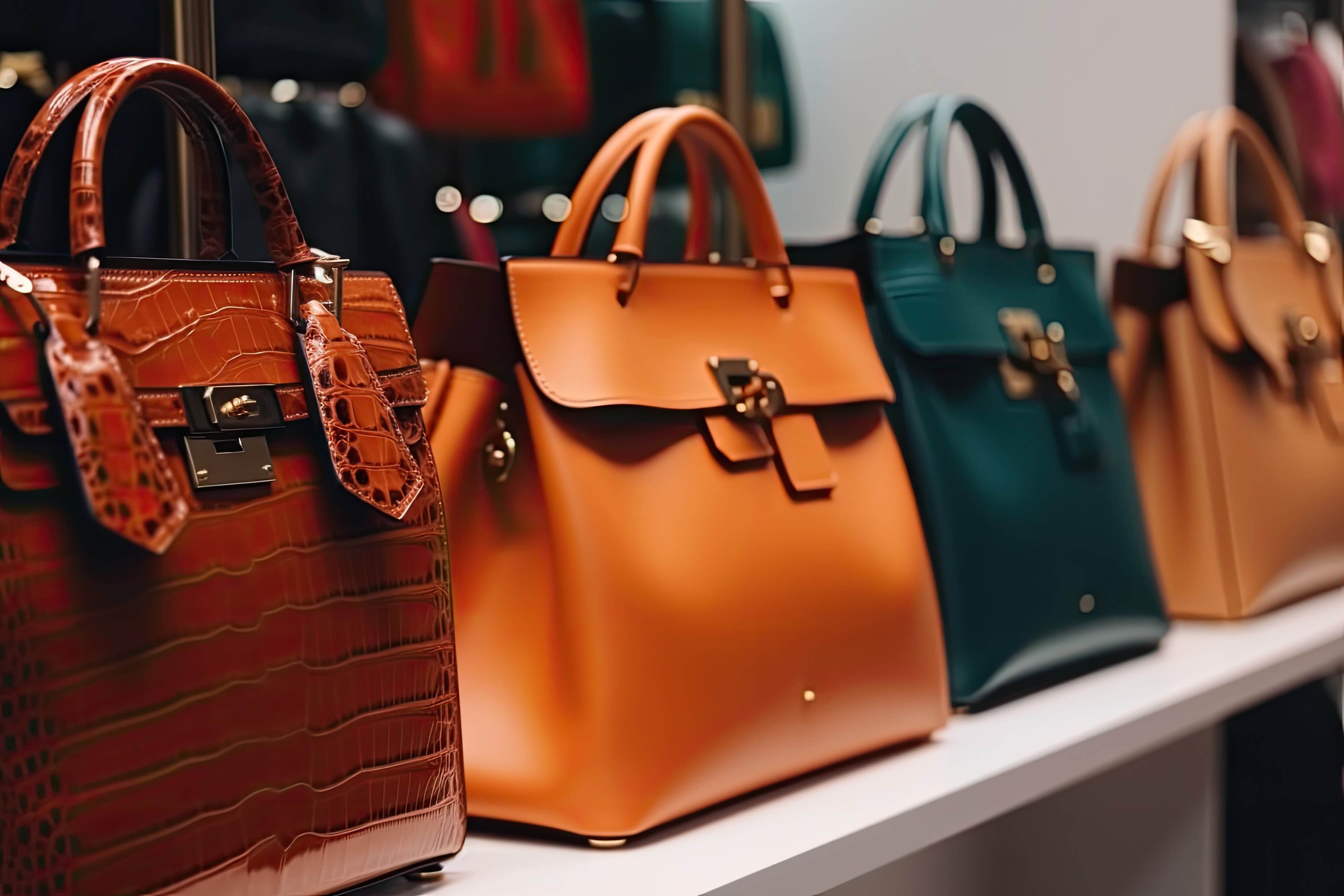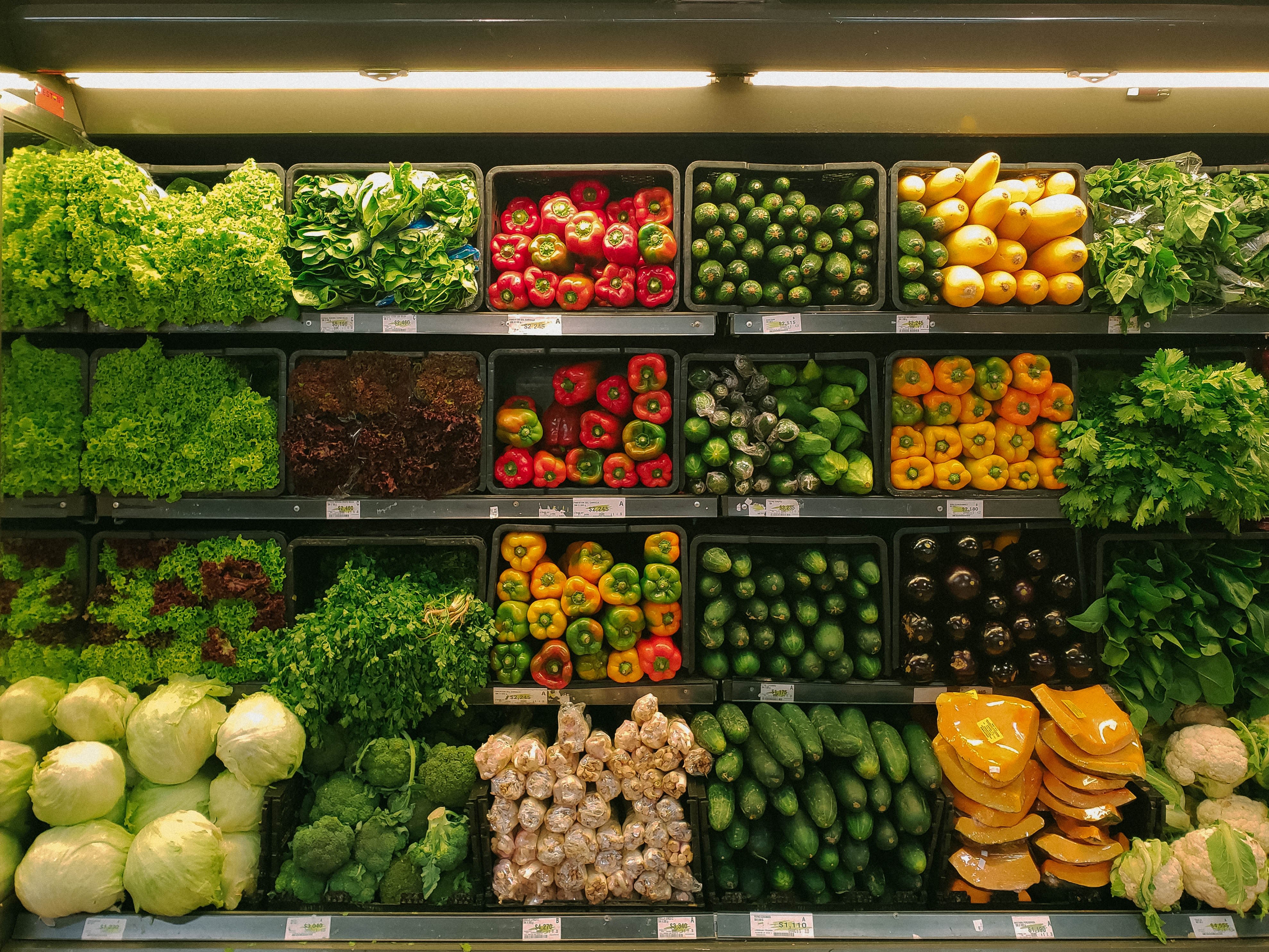Tapestry-Capri decision in Europe supports US FTC market definition; challenges involve key jurisdictional distinctions
Tapestry-Capri decision in Europe supports US FTC market definition; challenges involve key jurisdictional distinctions
17 June 2024
By Flavia Fortes and Ilana Kowarski
The US Federal Trade Commission may find support in the European Commission’s published decision in the Tapestry-Capri deal that basically confirms the market definition the agency is seeking to prove in court in its challenge against the handbag makers’ merger, but the differences between the markets in the two jurisdictions are significant and justify the disparate outcome.
The full text of the decision published last week discusses submissions from third parties that confirmed a distinct market for “premium or accessible luxury” handbags, which is what the FTC alleged in its lawsuit seeking a preliminary injunction in the US Southern District of New York District Court in April to stop the deal.
“In the two decades since Coach gave birth to the term ‘accessible luxury,’ the parties, press and analysts, and other industry participants have adopted ‘accessible luxury’ to signify handbags that can boast quality leather and craftsmanship (as distinguished from mass-market handbags) at an affordable price (as distinguished from true luxury handbags),” the FTC said in its complaint.
The European Commission said that in response to its market investigation, respondents “consistently identified a separate plausible market at the lower end of the luxury market referred to as ‘accessible luxury’ or ‘premium'.”
The EU commission said it used the price range of 200 euros to 1,000 euros as a proxy for the premium bag market. It said one competitor noted that the premium market for bags would be “in the range of 200-500€,” while the mass market would be below 200 euros. A retailer mentioned that in its “premium” section, the average selling price would be “300 euros,” while another noted that the parties’ brands Michael Kors or Coach are priced “well below EUR 1,000.”
A customer explained that “the premium (or ‘accessible luxury’) handbag segment refers to quality handbags, which are priced in the range of hundreds compared to the luxury handbags, which are priced in the range of thousands,” the decision said.
The European Commission’s multifactorial market definition, which wasn’t solely based on price, didn't differentiate between products sold to men versus women, nor did it distinguish between products sold online versus brick-and-mortar stores. According to the EU commission, “price is only one factor relevant to defining the luxury market,” since other factors such as material quality and aesthetics also matter. So the breadth of the European Commission’s product market is similar to that of the US FTC — an approach that Tapestry and Capri have characterized as imprecise during their US merger litigation.
Significant, dynamic competition
Other findings by the EU commission may not help the FTC’s case so much, such as the EU body’s finding that there’s significant competition in the market for premium bags and low barriers to entry.
According to the European Commission, a “clear majority” of dealmaker rivals and customers who responded to the agency’s inquiries characterized the premium bag and small leather goods, or SLG, market as either “competitive” or “highly competitive” — an opinion that mirrors defense arguments by Tapestry and Capri.
“Both the wholesale customers and competitors that responded to the Commission’s market investigation highlighted that the markets for premium bags and premium SLGs are populated with numerous competitors,” the EU commission stated.
It also concluded — just as the dealmakers have repeatedly argued in opposition to the FTC — that “the relevance of Michael Kors is declining” since the brand has been struggling recently.
In addition, the European Commission accepted defendants’ claims that their industry is a rapidly evolving sector that's relatively easy to enter, where plucky innovators can quickly displace market leaders whose designs fail to capture the popular zeitgeist within any particular fashion season.
“The feedback the Commission has received from market participants suggests that the markets [for] premium bags and premium SLGs are: ‘wide and diverse’ and ‘dynamic’, with brands experiencing increases and decreases in popularity depending on the desirability of their latest collection,” the EU commission's Tapestry-Capri decision says. “This means that both new and established brands need to compete with each new collection they launch to attract and retain a customer base on their own merits.”
Different jurisdictions, different outcomes
Even though the EU body found that rivalry and entry would be sufficient to offset any potential competition harm, a higher market share in the US and strong customer preference led the FTC to challenge the transaction, and could convince US District Judge Jennifer L. Rochon there are antitrust concerns.
“The Commission’s market investigation indicates that the Parties’ key brands that are active in the plausible markets for premium bags and premium SLGs, namely Michael Kors (Capri), Coach and Kate Spade (both Tapestry), have a more limited role in the EEA than in other parts of the world,” the EU commission’s decision said.
The parties’ market share in Europe is “moderate,” below 30 percent, it found. In the US, on the other hand, Tapestry and Capri have a “dominant share” of the “accessible luxury” handbag market. The FTC didn’t disclose the precise market share for a combined Tapestry and Capri after the deal, but cited “a post-acquisition market share for Tapestry of considerably more than 30 percent.”
Another factor that sets the two jurisdictions apart is customer preference, which in Europe sees customers favoring local European brands, as opposed to the American brands. The EU said the parties’ limited brand penetration in Europe is reflected in their internal documents.
“Market participants have explained that European consumers tend to have a preference for European (or even local) brands. As a consequence, European brands generally have a stronger presence in the EEA than on a worldwide level and, on the other hand, non-European brands sometimes struggle to penetrate the European market,” the EU decision said.
Therefore, even though the EU commission’s decision is informative and might help the FTC’s case before the district judge in its lawsuit against the companies, the US market is different from Europe, and several aspects of the way customers shop arguably justify regulators arriving at opposite outcomes. A federal judge may consider the differences between the European and American markets to be significant enough to warrant ruling against the transaction’s legality in the US, even though the European Commission decided to clear the deal and didn’t view the transaction as a threat to European competition.
For the inside track on merger developments across the globe, with unique insight on the review process, procedural steps and court litigation resulting from approved or blocked deals, activate your instant trial of MLex today.

More from MLex





